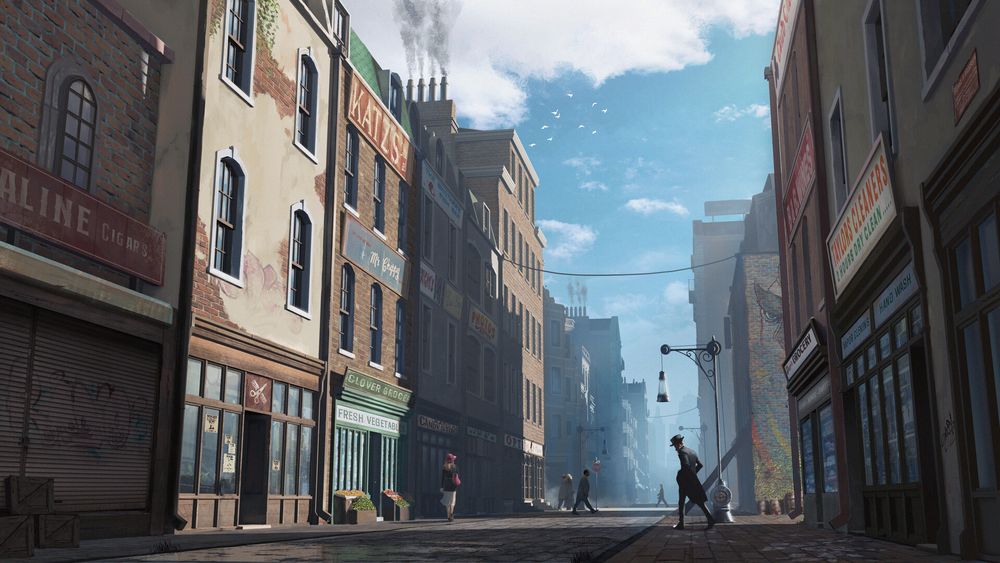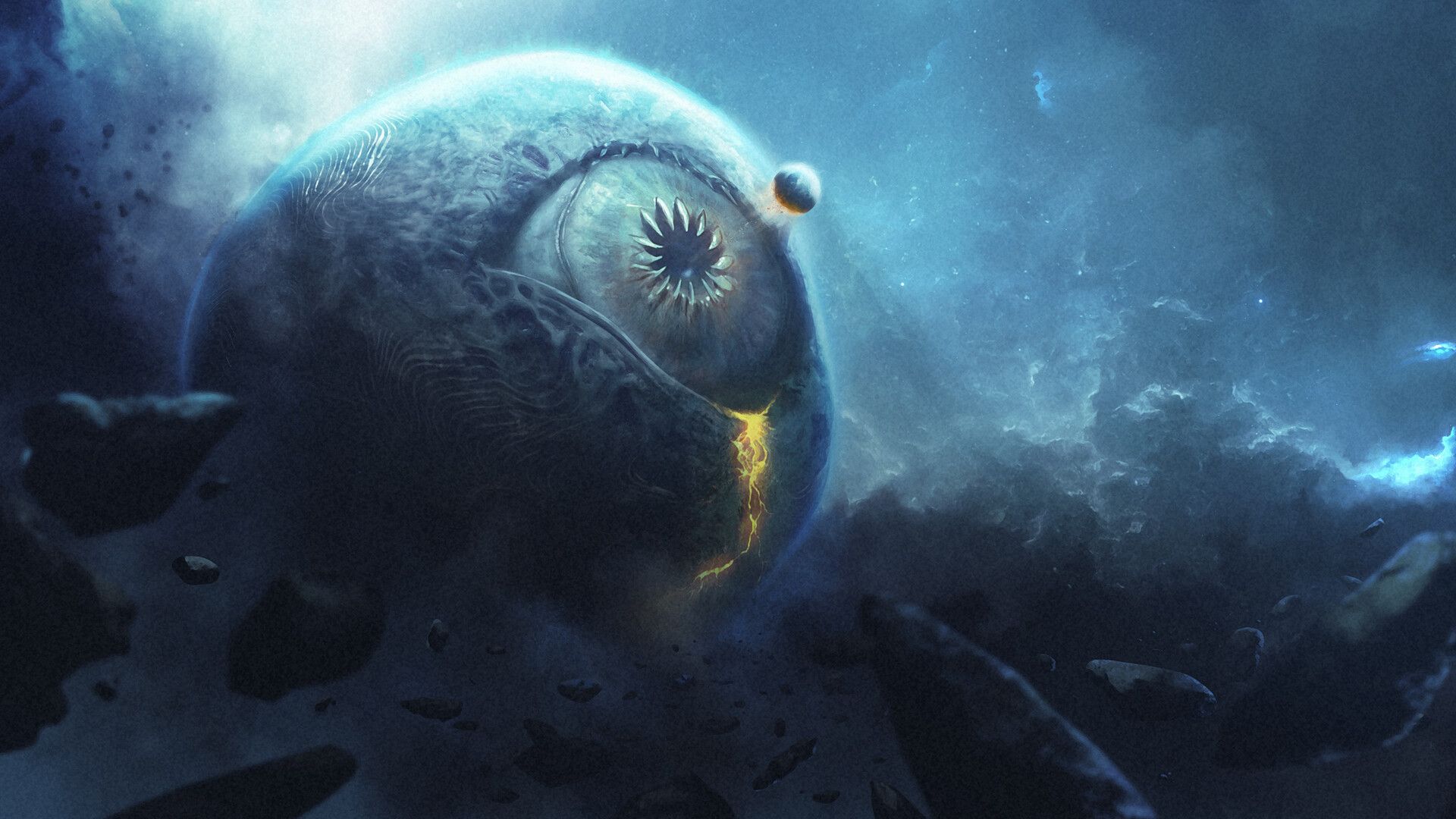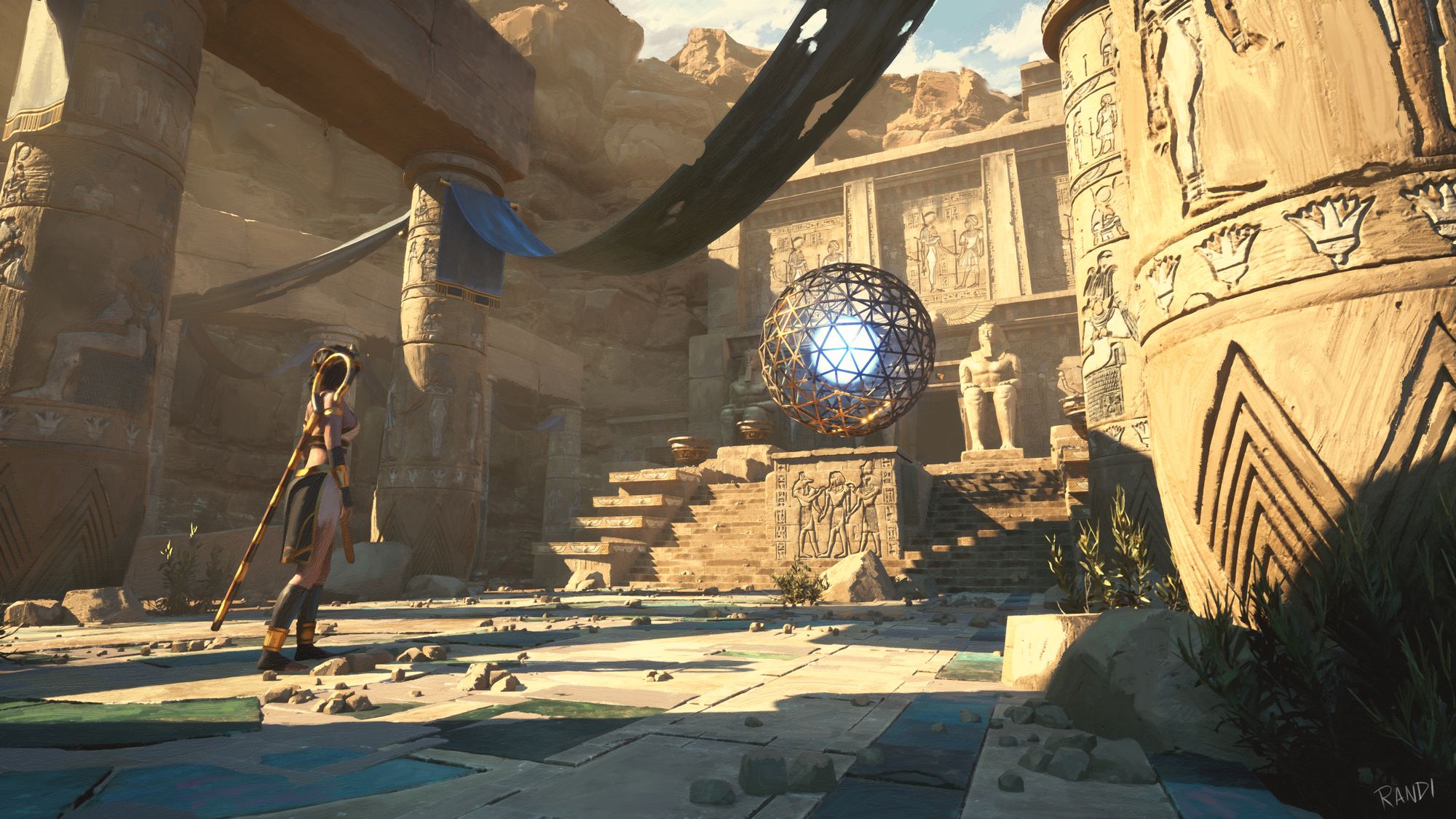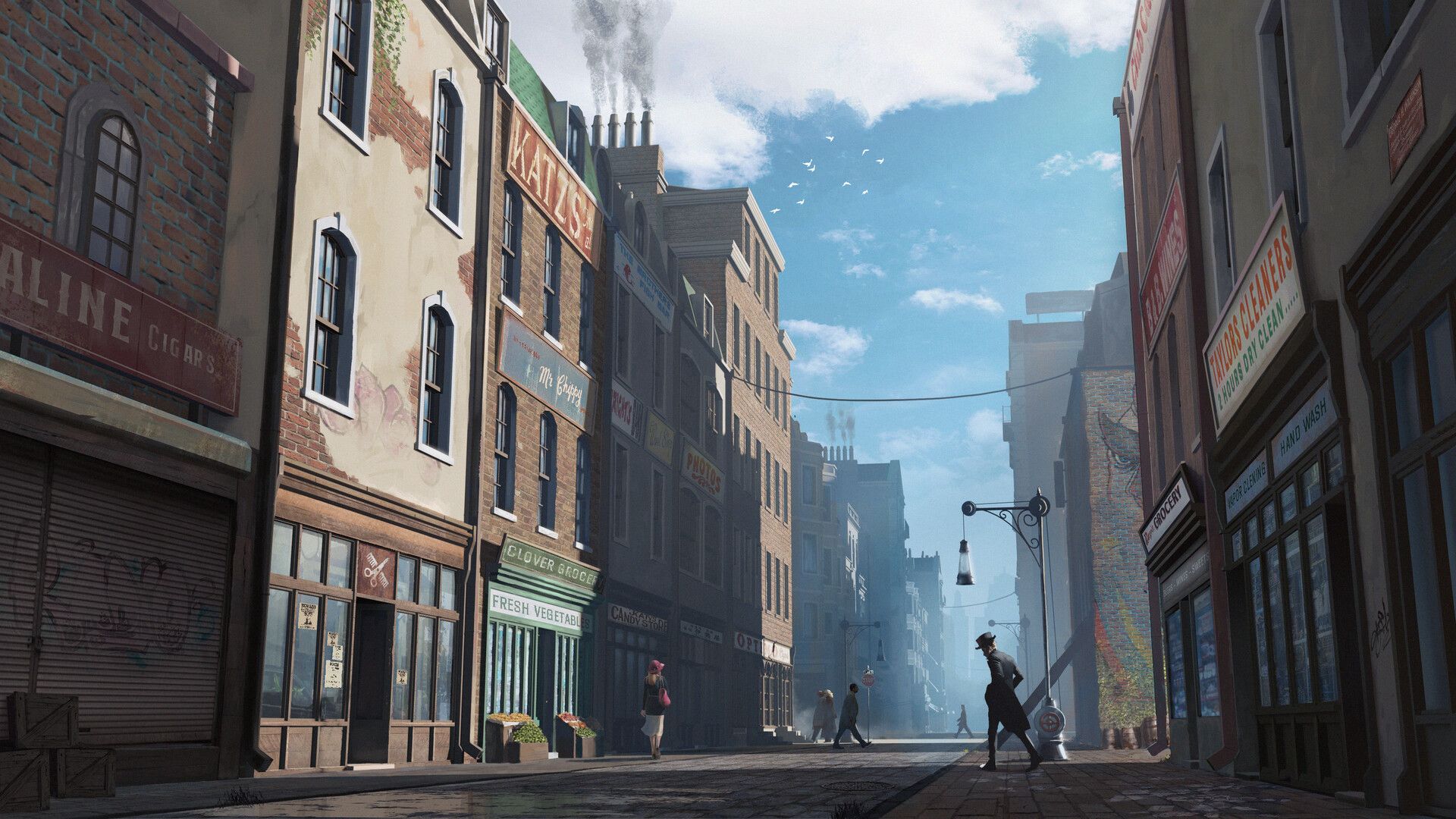
Exploring the Artistic World: A Career in Environment Illustration
Ecuadorian concept artist, Randi Sanchez, now based in Montreal, pursued his dream of working in the video game industry, and this is his journey.
Ecuadorian born concept artist, Randi Sanchez, currently lives and works in Montreal. Prior to relocating to follow his dreams of working in the video game industry, Randi spent four years as a designer and digital animator in his home country.
Randi is now working in the video game industry and strives to enhance his skills every day. His artistic creations draw inspiration from personal memories, dreams, and nightmares. As a child, frequent travels within Ecuador exposed them to numerous breathtaking locations, ultimately sparking the desire to pursue a career as an environment concept artist. Learn more about Randi's journey in this article.
I’m working for Modus Games and they’re an indie publisher for all types of video games. Also, I’m always working on side projects as a freelancer, love to explore different styles, stories and worlds!
Currently I’m working as an Environment Illustrator and Environment Concept Artist for the upcoming new IP Diesel Legacy: The Brazen Age.
Oh perhaps this sounds a bit funny but I’ve walked this path since I was a kid, the first time I saw my friends playing Mario it just changed my whole life.
I was already creating small video games when I was 15yo and learning all types of softwares.
Each project has been really important to me but I would say my first big contribution was in 2018 when I worked for Anima Studios (Mexico) doing environment concept art for their Netflix animated show called Legend Quest: Masters of Myth. It was actually one of my “art senseis” Miguel Angel Velez (Who was an art director for that show) who recommended me. I did an art test and after a couple weeks they welcomed me into the team.
I’ll try to simplify everything because I’ve worked on several small and big projects. After getting my degree in design and animation in my country (Ecuador) I started to plan the next chapter in my life. I worked for over 3 years in the animation industry and doing design for marketing companies.
Painting and drawing each night afterwork was a common thing in my life, it didn't matter how tired I was, I just wanted to learn more.
I took a lot of side jobs doing art covers for music albums, concept art for animated films or TV spots, small indie games and many other projects that helped me out to grow up as a professional.

Before joining Modus Games I was helping out as a concept artist for an upcoming RTS game called “Sanctuary: Shattered sun”.
Back in 2016 when I started to plan my career, Syn Studio was one of the top options on my list because of the price and the quality of art their students were doing. In the end I didn’t take the Diploma program, just the bootcamp but it changed my art journey and life totally. And also I always wanted to visit Canada!
Well having a degree in design and animation has been extremely useful in my career and on top of that I’ve added my experience studying at Syn Studio.
Having this background has proven advantageous not only in my current job but also in various other roles. It equips me with a deep understanding of job pipelines, effective problem-solving in design, and versatile workflows depending on the project at hand.
Additionally, it enables me to confidently present my artwork and draw upon a vast array of knowledge in diverse subjects such as architecture, interior design, anatomy, perspective, colour theory, lighting, storytelling, and more.
I like to start reviewing a bit what I did the day before, trying to see it in different ways to find any issues. Then, I start working on what is on my priority list. I then usually show some work in progress to my colleagues and Art Director to see if there is any feedback or guidelines I need to follow, and then I just keep painting!
Like many others Adobe Photoshop is my main software but Blender 3D has become so important to me as well, right now I’m learning more about Unreal Engine and 3DCoat.
Usually I begin by conducting reference research and delving into the history and essential details of the theme. As I watch documentaries related to the subject, I sketch initial ideas, identifying elements that may require separate designs. If necessary, I create a 3D base before finally diving into the painting process, incorporating a wide array of techniques at my disposal.

Most of the time with the programming team and sometimes with the clean-up team too.
Is hasn't knocked my door yet, but I’m totally aware of how the AI is changing everything.
The possibility to share feelings or memories through an image.
Literally nothing comes to my mind, I always feel really fortunate about my profession; being able to work painting and drawing the whole day is just a blessing.
I think it’s always important to have a really good base to start. If you’re able to afford a good school then do it otherwise on the internet; you can find thousands of free resources like e-books and tutorials, and even pay for smaller classes. I’ve met several good artists that just spent a lot of time studying in their homes without paying a top notch institute.
Well it depends on the production and pipeline, also if you’re working in the gaming or animation industry but most of the time you’ll help doing designs all the day, iterations of any model, some colour test and follow the art lead's instruction.
A strong foundation in fundamentals like creativity, perspective, colors, and anatomy is crucial. Additionally, specialised knowledge, depending on one's field, is valuable; for instance, an environment concept artist benefits from expertise in interior design, architecture, furniture design, and 3D modeling. Equally important is finding a team player who values respect and collaboration.
In the art world, there's a learning curve for everyone. However, with the rise of social networks, we often see artists with thousands of followers on platforms like Instagram. While they excel at fanart and random illustrations, they might struggle when it comes to actual concept art jobs. They might lack knowledge about professional work practices, various workflows, and essential design fundamentals since they primarily identify as illustrators rather than designers.

I always enjoy bringing some happiness to the table, of course respecting everybody and being the most professional and natural person possible. I like to be honest and transparent in my job but also an easygoing colleague. I Love to receive feedback or hear different points of view and share my ideas as well.
My dreams have always been a major inspiration in my life but of course real life is a huge fountain of inspiration too - there are so many amazing buildings, trees, animals, cultures, music, food, etc out there. Of course video games and films have been an important part of my life, so I am also inspired by them.
Speaking as an environment concept artist, my process involves envisioning an idea and focusing on its key elements. This is what I would recommend, and it includes designing the architecture, creating essential buildings complete with detailed windows, doors, columns, and floor types.

It’s important to show the best skills you have up your sleeve.
I would suggest to create an isometric view of the place (Interior and exterior), design some signs...if it’s another planet, design their language glyphs or alphabet and add details that can expand the worldbuilding/storytelling you’re doing and invite viewers to imagine more about this place.
Many new artists often confuse the roles of an illustrator and a concept artist. Understanding this distinction is a crucial first step to determine if you are a good fit for either position.
Always try to learn more and expand your knowledge, learn about the basics of design and art but also how something is actually working in the real world, and then challenge yourself to create a project with what you have just learned.

Never forget to have fun and enjoy the journey and for those who think they’re a bit “old” for this, let me tell you that it’s NEVER TO LATE to create art and start a new journey.
Learn more about the fundamentals. As I said before, it’s always important to have a really good base before building something bigger.
Reach out to Randi via Behance | Instagram | ArtStation